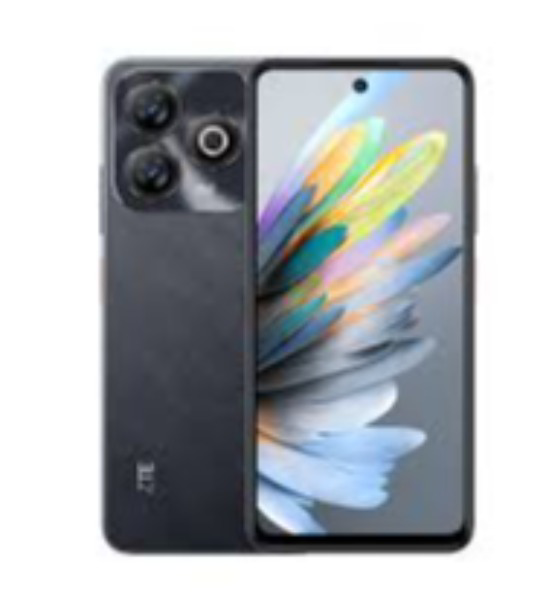


Le ZTE Blade, également connu sous le nom de ZTE Lutea ou Orange San Francisco, a été lancé en octobre 2010 par ZTE Corporation, marquant l’entrée de la société sur le marché des smartphones Android. Au prix d’environ 150 $ à 200 $ à sa sortie, il dispose d’un écran TFT de 3,5 pouces 480 x 800, d’un chipset Snapdragon S1, de 512 Mo de RAM et d’une batterie de 1250 mAh, fonctionnant sous Android 2.1 Eclair (extensible à 2.2 Froyo). Il comprend un appareil photo de 3,15 MP et s’est vendu à plus de 8 millions d’unités dans le monde en 2011, comme l’indiquent les données historiques. En 2025, le ZTE Blade est une relique, sans prise en charge des applications modernes, sans 5G et avec du matériel obsolète. Son importance historique en tant qu’appareil Android abordable séduit les collectionneurs, disponible d’occasion pour 10 à 30 dollars sur des plateformes comme eBay.
|
caractéristique |
Lame ZTE |
|
Date de sortie |
Octobre 2010 |
|
montrer |
LCD TFT 3,5", 480 x 800, 267 ppp |
|
processeur |
Qualcomm Snapdragon S1 MSM7227, 600 MHz Monocœur |
|
bélier |
512 Mo |
|
stockage |
150 Mo, prise en charge microSD (jusqu’à 32 Go) |
|
Caméra arrière |
3,15 MP, pas de flash, vidéo 480p |
|
Caméra frontale |
aucun |
|
pile |
1250 mAh, amovible |
|
Os |
Android 2.1 Eclair (évolutif vers 2.2 Froyo) |
|
construire |
Corps en plastique, pas d’indice IP |
|
Connectivité |
3G, Wi-Fi 4, Bluetooth 2.1, GPS |
|
Prix (lancement) |
~150 $ à 200 $ |
To make a modern ZTE Blade competitive in 2025, the following enhancements could address its shortcomings while preserving its compact, budget-friendly design:
The ZTE Blade was a groundbreaking device in 2010, offering an affordable Android experience with a 3.5-inch display and expandable storage, which helped it sell over 8 million units globally by 2011. Its compact design and budget-friendly price made it a hit in markets like the UK (as the Orange San Francisco) and China (as the ZTE V880). However, in 2025, the Blade is obsolete, with Android 2.2 Froyo no longer supported, no 5G connectivity, and hardware that can’t handle modern tasks. The 3.15 MP camera and lack of a front camera further diminish its utility. For collectors or nostalgia enthusiasts, a used ZTE Blade priced at $10-$30 on platforms like eBay might hold value as a piece of smartphone history. For most users, however, modern budget phones like the Samsung Galaxy A35 or Motorola Moto G Power (2025) offer vastly superior performance, 5G support, and long-term software updates, making them far more practical choices in 2025.
The overall rating is based on reviews by our experts
Aucun avis pour le moment
|
How Is the Design? |
|
|
How is the Display? |
|
|
How is the Camera? |
|
|
How are the Features? |
|
|
How is the Connectivity |
|
|
How is the Usability? |
|
|
How is the Performance? |
|
|
How is the Battery Life? |
Aucun prix disponible